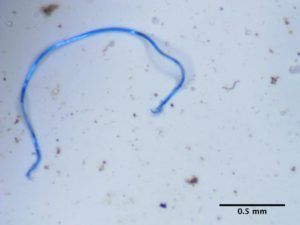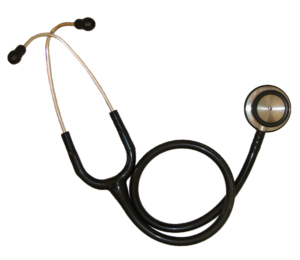 Well.., given the high rate of C-sections in the US (32%) and many other countries, this is disturbing news. A study found that if a woman delivers her first baby by C-section (Cesarean birth), than her rates of conceiving again and also carrying the second baby successfully to term (a live birth) are lower than women who deliver a first baby vaginally.
Well.., given the high rate of C-sections in the US (32%) and many other countries, this is disturbing news. A study found that if a woman delivers her first baby by C-section (Cesarean birth), than her rates of conceiving again and also carrying the second baby successfully to term (a live birth) are lower than women who deliver a first baby vaginally.
The Penn State College of Medicine researchers looked at "unprotected intercourse and resulting conceptions", so it really was a measure of conception rates, and not a matter of choice. The study followed more than 2000 women for 3 years after the first birth, but it is unknown if these findings continue in year 4 and more. By the way, other studies over the years have had similar findings.
What could be causing these results? The researchers point out that it has been reported that many women (61%) develop a defect at the site of the cesarean incision (a cesarean scar defect) that may increase the risk of infertility.
From Science Daily: Women who deliver by C-section are less likely to conceive subsequent children
Women who deliver their first child by cesarean section (C-section) are less likely to conceive a second child than those who deliver vaginally, despite being just as likely to plan a subsequent pregnancy, according to Penn State College of Medicine researchers. The team followed more than 2,000 women for three years after they delivered their first child. ...continue reading "Conception Rates Are Different After C-Sections and Vaginal Births"

 There have been concerns for years about the food additive titanium dioxide. This is because it may be in nanoparticle form, and
There have been concerns for years about the food additive titanium dioxide. This is because it may be in nanoparticle form, and  Will 2020 be the warmest year on record? Early signs
Will 2020 be the warmest year on record? Early signs  Eat dinner earlier, not later. A small
Eat dinner earlier, not later. A small  It turns out that it rains tons and tons of tiny pieces of plastic each year! These tiny pieces of plastic, called microplastics, are carried like dust in the wind and air currents around the earth, and eventually come down like dust. Or particles from nearby urban areas can come down in rain, storms, and snow.
It turns out that it rains tons and tons of tiny pieces of plastic each year! These tiny pieces of plastic, called microplastics, are carried like dust in the wind and air currents around the earth, and eventually come down like dust. Or particles from nearby urban areas can come down in rain, storms, and snow. Normal aging. We all wonder what happens in normal aging, and now a
Normal aging. We all wonder what happens in normal aging, and now a  Does exposure to common PFAS chemicals contribute to an earlier age for menopause? A recent University of Michigan
Does exposure to common PFAS chemicals contribute to an earlier age for menopause? A recent University of Michigan